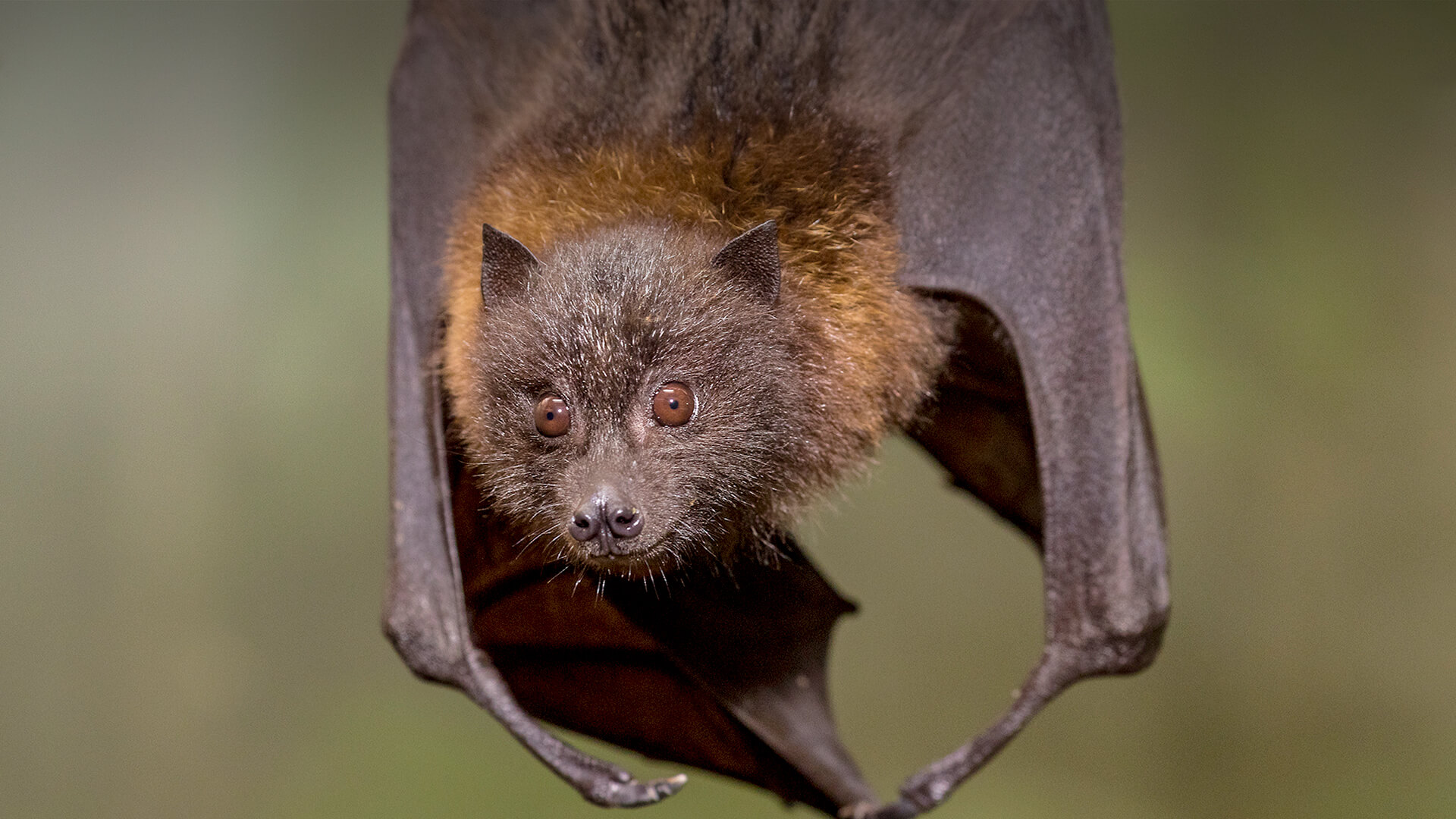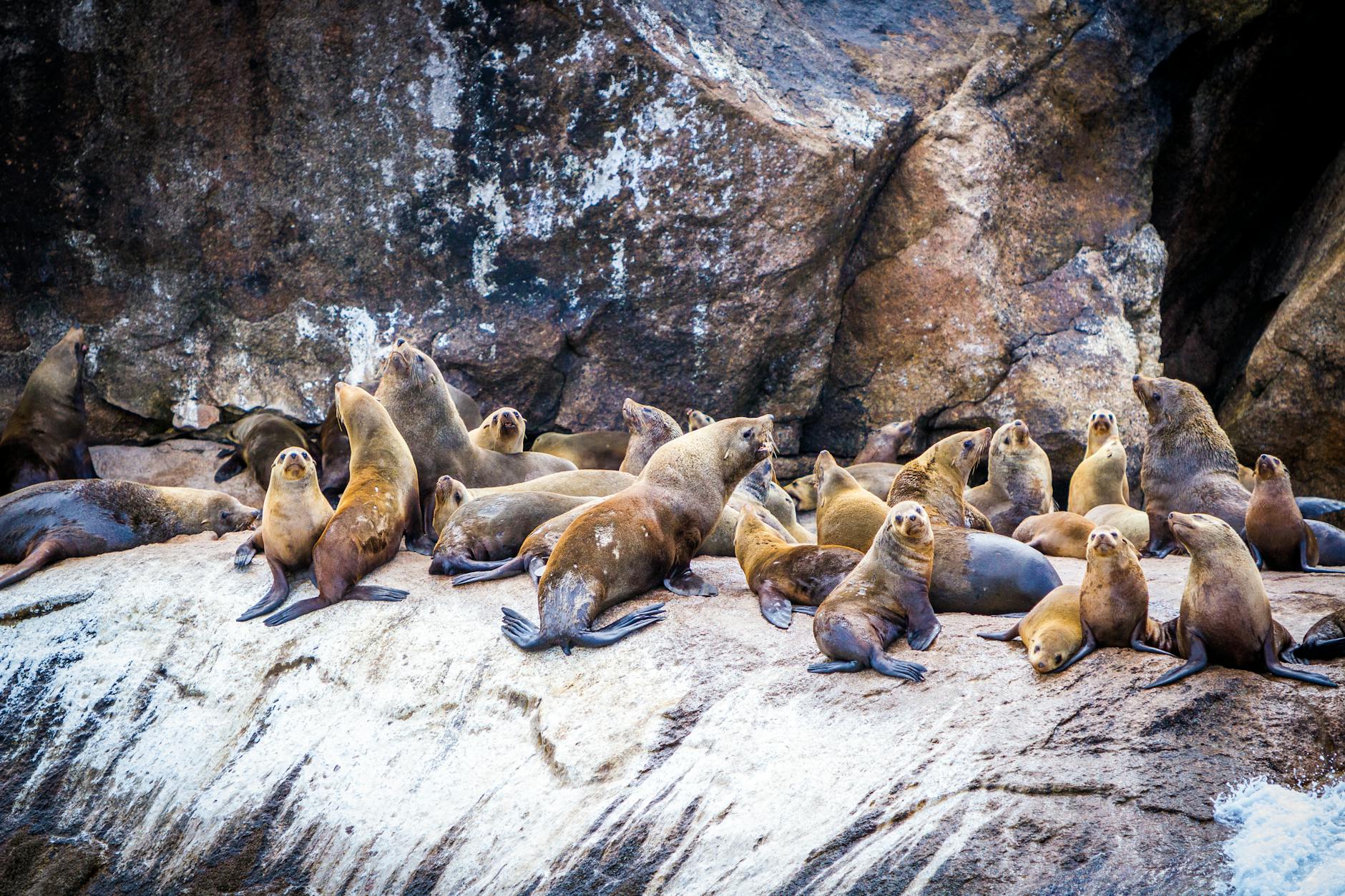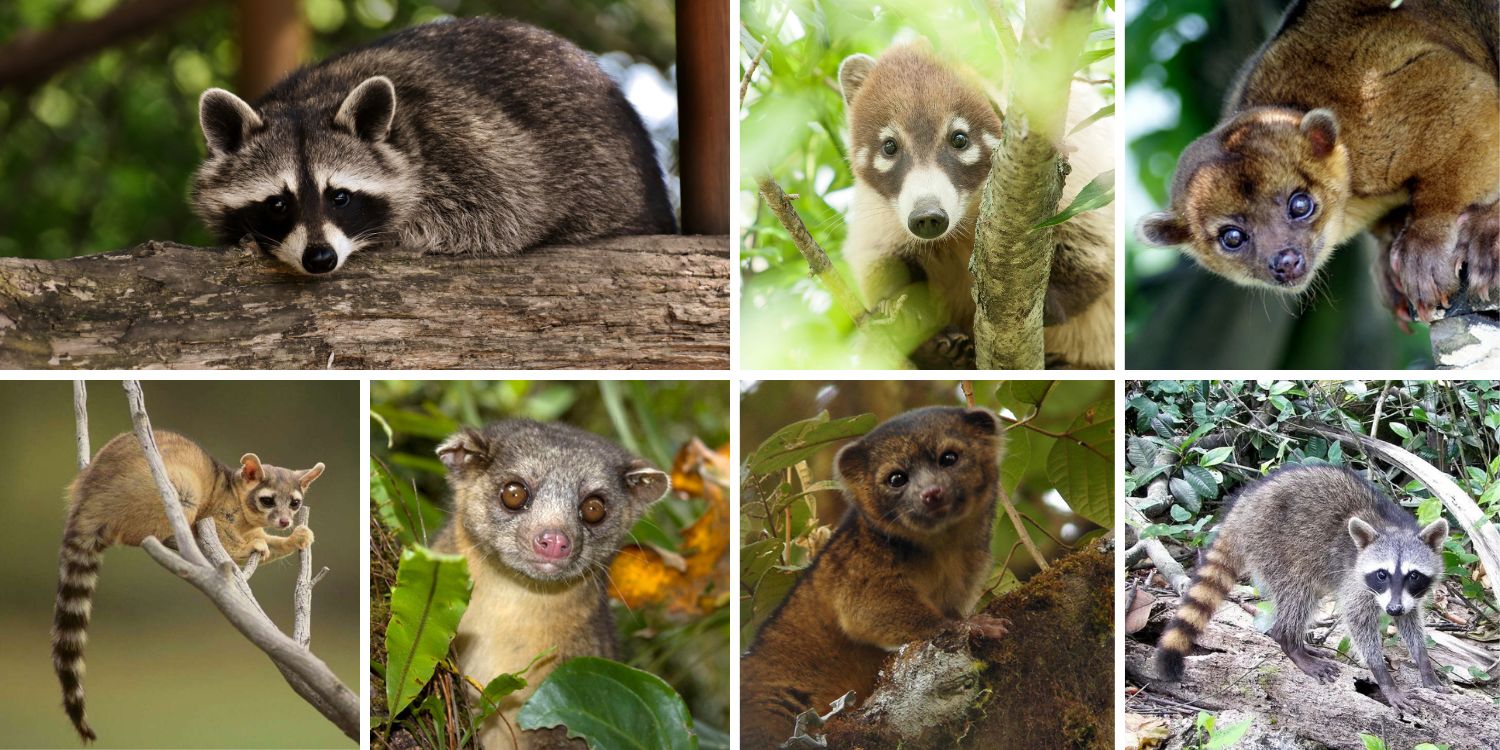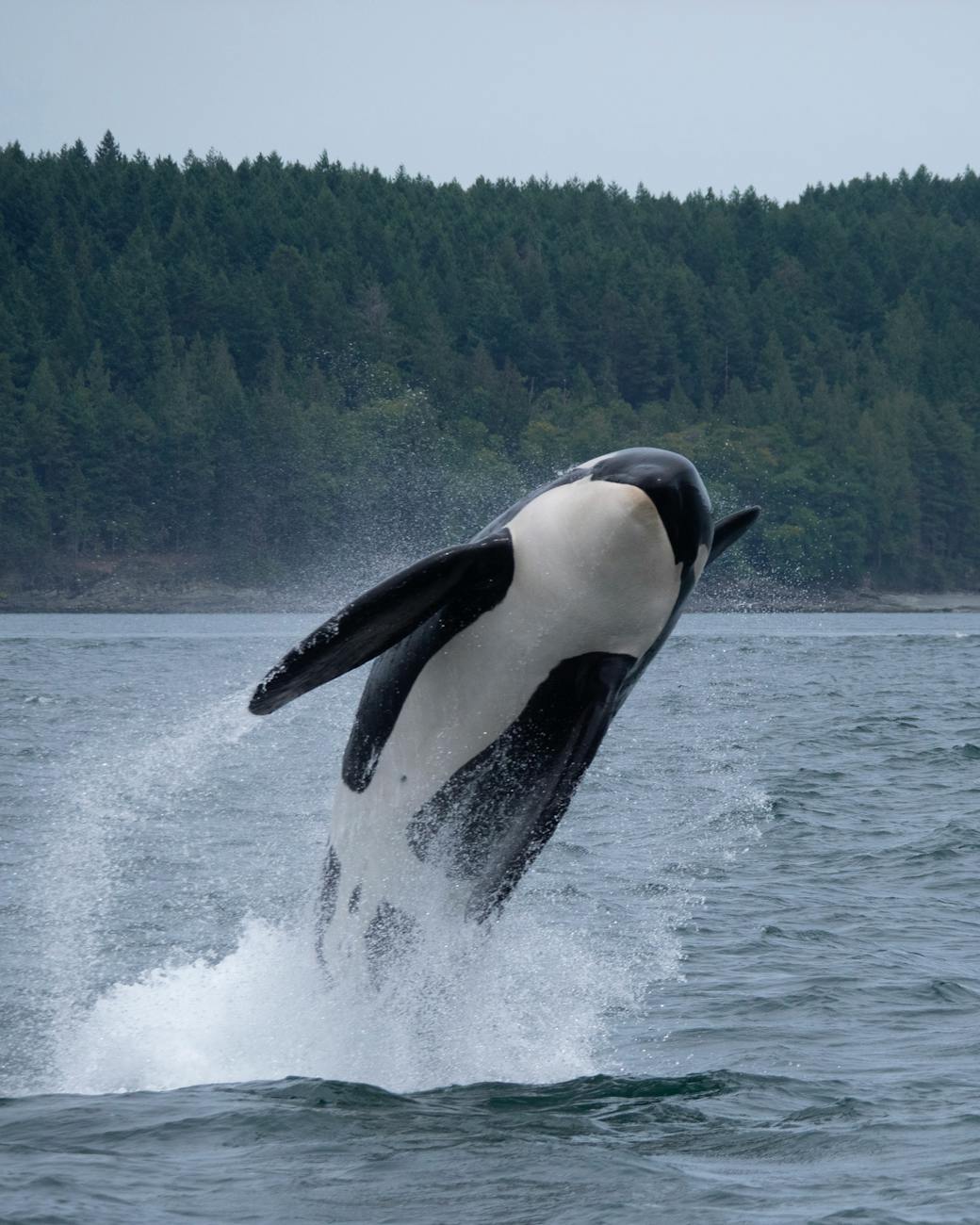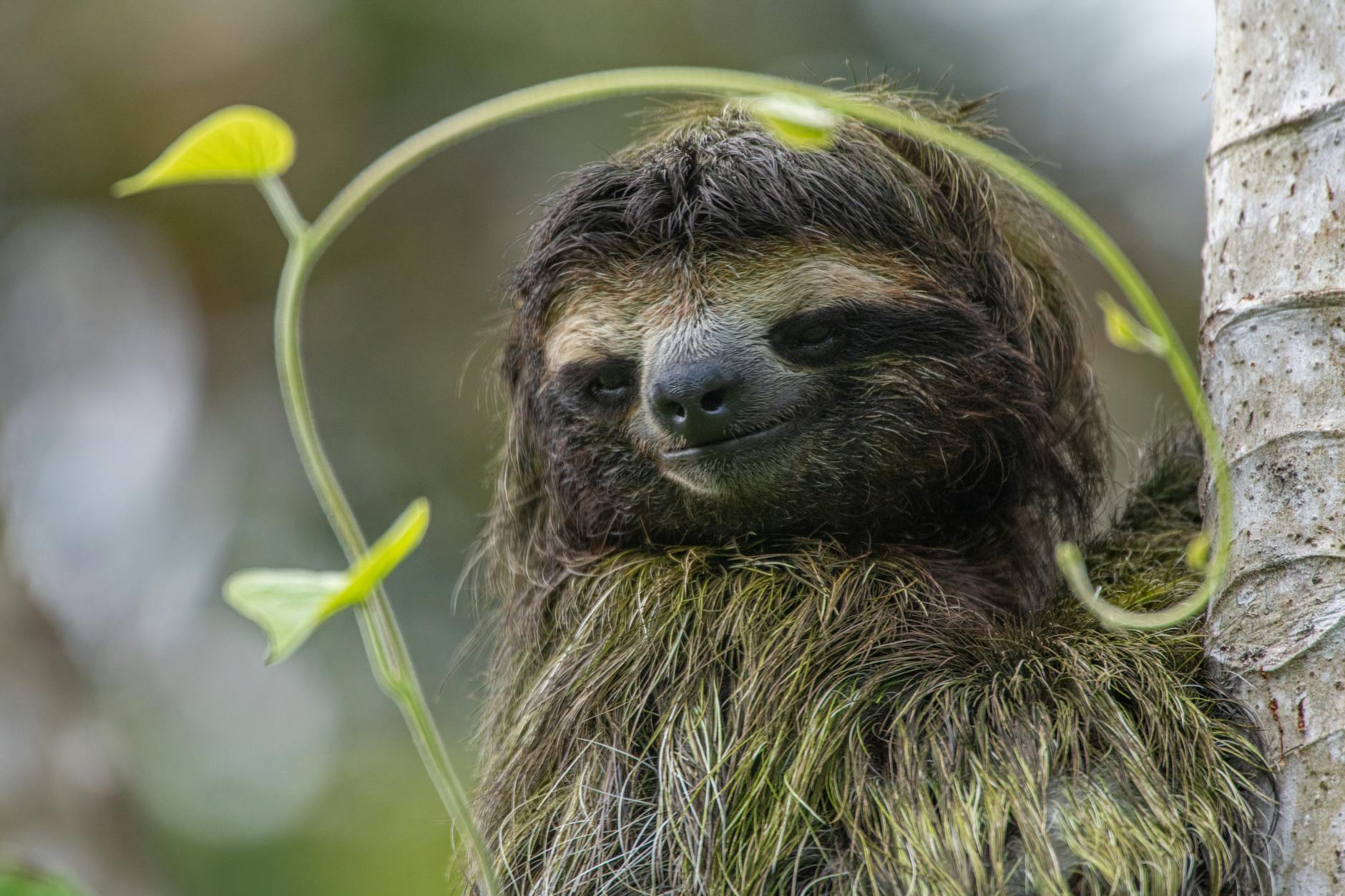
Hangin’ Around with Sloths: Your Top Questions Answered
Sloths – the ultimate chill mammal, masters of hanging upside down and seemingly existing in slow motion. But these fascinating creatures have more to them than meets the eye! Dive into the world of sloths with these frequently asked questions:
Top FAQs about Sloths:
1. What are sloths and where do they live?
Sloths are arboreal (tree-dwelling) mammals native to Central and South America. There are six sloth species, classified into two-toed and three-toed sloths. They inhabit rainforests, where they spend most of their lives high up in the canopy.
2. Why are they so slow?
Sloths have a very low metabolic rate, meaning their bodies function slowly. This helps them conserve energy in their often low-calorie diet of leaves. Their slow movement also allows them to blend in with the foliage, camouflaging them from predators.
3. Do they really spend all their time hanging upside down?
They come close! Sloths have special adaptations for hanging upside down, including strong claws and specially oriented organs. They do occasionally climb down to use the bathroom or move to a new tree, but they spend most of their time suspended.
4. What do they eat?
Sloths are herbivores, primarily feeding on leaves. Their specialized digestive system allows them to efficiently break down tough leaves, though the process can be slow.
5. Are sloths dangerous?
Not at all! Sloths are docile creatures and pose no threat to humans. Their claws are for hanging, not attacking, and their slow movement makes them unlikely to chase anyone.
6. Are they endangered?
Habitat loss due to deforestation is a major threat to sloths. While some species are classified as Least Concern, others are listed as Vulnerable by the IUCN. Conservation efforts are crucial to ensure their survival.
7. Are sloths green?
Yes, some sloths can appear greenish! This green coloration isn’t due to their fur pigment, but rather a fascinating symbiotic relationship they have with microscopic algae. This one has a detailed answer, so here’s the breakdown:
- Sloth Fur: Sloths have naturally coarse and long fur.
- Algae Paradise: These hairy coats provide a perfect habitat for a specific type of green algae called Trichophilus welckeri.
- Green Glow Up: The algae thrives in the sloth’s fur, growing amongst the grooves and cracks, giving the sloth a greenish tinge.
Benefits of the Green Partnership:
- Camouflage: The green color helps sloths blend in with the lush rainforest foliage, potentially offering some protection from predators.
- Extra Nutrients: Some theories suggest the algae might contribute additional nutrients through a symbiotic exchange, although this is still being researched.
Not All Sloths Go Green:
- It’s a Choice: Not all sloths actively cultivate algae growth. Some might have a less suitable fur structure or might groom more frequently, keeping the algae at bay.
- Species Variation: The three-toed sloths are more likely to have a greenish hue compared to two-toed sloths.
So, while sloths don’t have naturally green fur, their unique relationship with algae can give them a camouflage advantage and possibly some additional benefits. It’s a cool example of how nature finds fascinating ways for creatures to cooperate!
More photos below ↓







